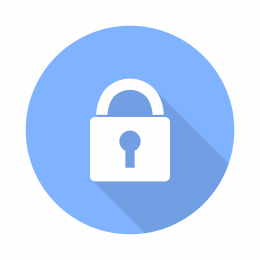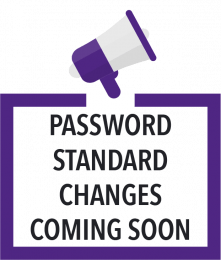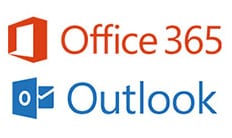 As employees continue to work remotely, cyber-attacks are on the rise. The latest attack is the “Return to Office” phishing scam. This scam has already targeted 100,000 inboxes.
As employees continue to work remotely, cyber-attacks are on the rise. The latest attack is the “Return to Office” phishing scam. This scam has already targeted 100,000 inboxes.
Scammers are sending email messages to individuals outlining the process for an employee to return to the workplace. The email can include safety protocols and usually includes a short deadline for when employees must acknowledge that they have received this message and complete a form. Continue reading “Phishing scam targets remote workers”

 The Division of Information Technology has enabled the ability to encrypt email messages in Office 365.
The Division of Information Technology has enabled the ability to encrypt email messages in Office 365.
 In an ongoing effort to keep K-State’s systems and services safe, malware filtering has been activated for K-State’s email. The filter protects the mail system and individual mailboxes from malicious software by blocking attachments that are commonly used to transmit viruses or malicious software.
In an ongoing effort to keep K-State’s systems and services safe, malware filtering has been activated for K-State’s email. The filter protects the mail system and individual mailboxes from malicious software by blocking attachments that are commonly used to transmit viruses or malicious software. by Information Technology Services
by Information Technology Services
